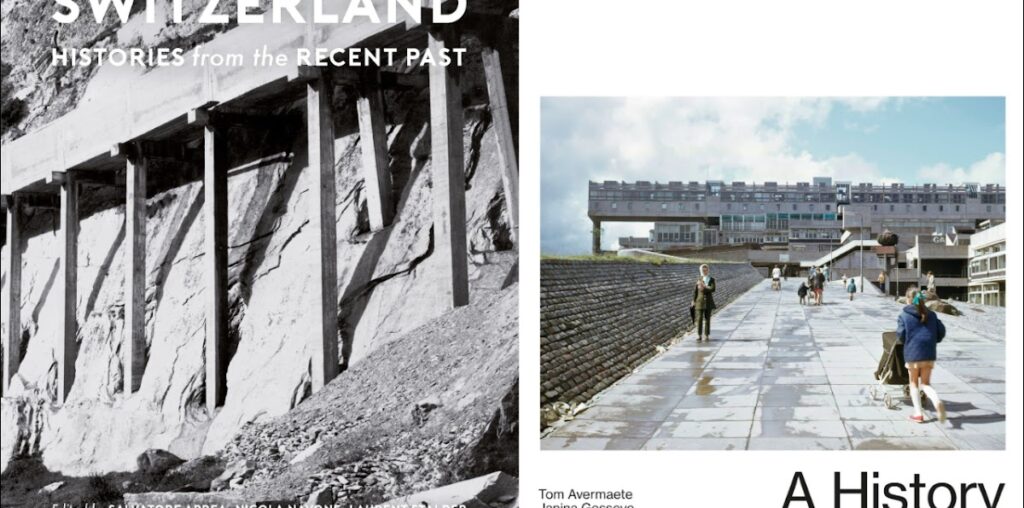Even though, as my collection of books has grown, my appetite for first editions has increased, I still have a soft spot for reprints. (It was one of the likes in my Valentine to architecture books, after all.) They allow hard-to-find, often prohibitively expensive books to be readily available once again and appreciated by new generations of audiences. Even if the ideas in an old book are dated, decisions regarding what merits reprinting point to some renewed interest in a subject or an author’s take on a subject, among other things. A few months ago I happened upon a 1982 reprint of Ralph Adams Cram’s Impressions of Japanese Architecture and the Allied Arts, first published in 1905 then revised in 1930; I had never heard of the book, but the fact it was reprinted and was relatively cheap led me to buy it. It has a little bit of overlap with one of the fall 2022 books MACK sent me, a handsome reprint of Manfredo Tafuri’s Modern Architecture in Japan from 1964. The differences between the two books are as great as their similarities: Both are outsiders’ views of Japan (Cram from the US, Tafuri from Italy), but the ensuing changes in the half-century between books meant Tafuri focused on modern architecture over Cram’s exploration of temples, shrines, and other creations from previous centuries. (Only in the brief conclusion does Cram jump to the present and Frank Lloyd Wright’s Imperial Hotel and the influence of European architecture on Japan.) Although Cram based his book, as the name indicates, on travels to Japan, curiously, when Tafuri wrote his guide to the country’s modern architecture at the age of just 29, he had never even been to Japan! But the biggest difference, at least in terms of the reprints themselves, is that Tafuri’s book was originally released in Italian, so the book put out by MACK is notable as the first English translation of his armchair guidebook. The nearly 60-year lag between original and translation means its importance is minor relative to Architecture and Utopia (just six years between the 1973 Italian original and English translation in 1979) or even Theories and History of Architecture (twelve years: 1968 and 1980). Still, Mohsen Mostafavi’s preface argues for the relevance of Tafuri’s book today “despite its reliance on secondary sources and its occasional inaccuracies,” while a handful of essays following Tafuri’s text put it in a greater context. A most interesting take is Tafuri writing the book as much to influence contemporary architecture in Italy as to understand it in Japan. Modern Architecture in Japan was part of a series edited by Leonardo Benevolo, in which other architects and writers wrote about the Soviet Union, Great Britain, Brazil, and a few European countries. I can’t help but wonder if those books will find their way into English, or if Tafuri’s book, thanks to the longevity of his name, will be the only one meriting a reprint.

